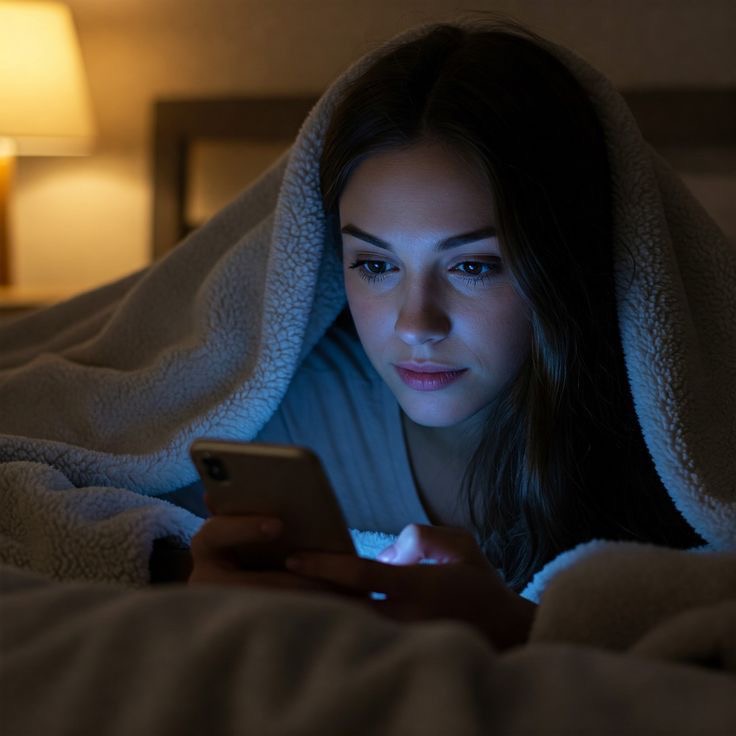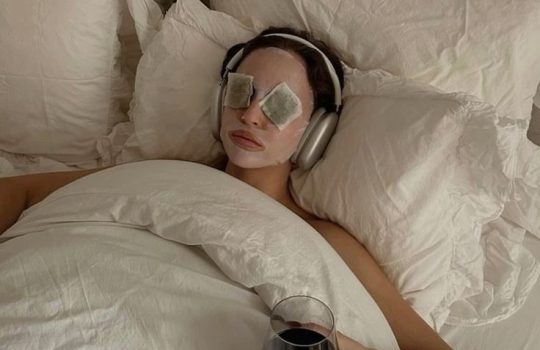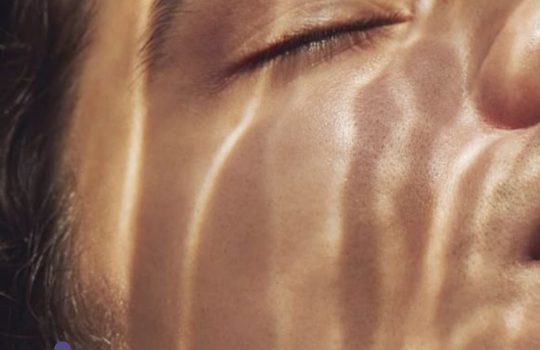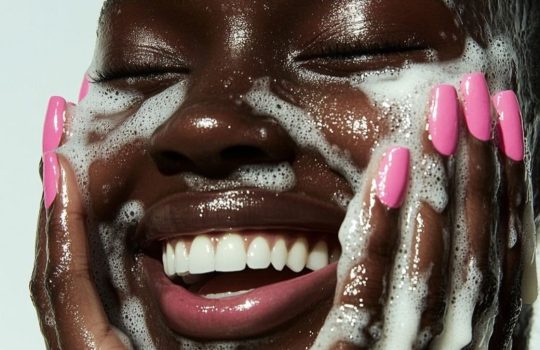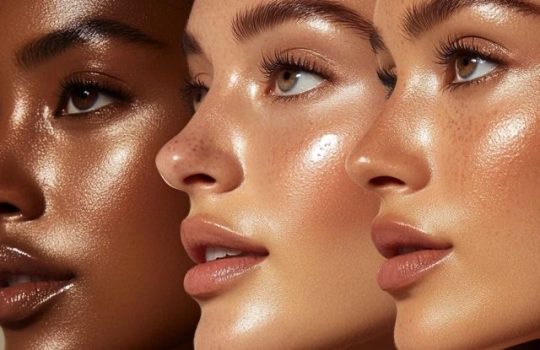We often hear about the dangers of UV rays, but there’s another kind of light that could be quietly affecting your skin every day: blue light. Found in sunlight, digital screens, and LED lighting, this high-energy visible (HEV) light penetrates even deeper into the skin than UVB rays. While research is still in development, evidence suggests that digital light exposure may contribute to oxidative stress, pigmentation, and premature ageing.
1. What Is Blue Light?
Blue light is part of the visible spectrum, with wavelengths ranging from 400 to 500 nm. In small amounts, natural blue light from the sun helps regulate circadian rhythm, mood, and alertness. But constant exposure to screens and indoor lighting is far more intense, raising new concerns for long-term skin health.
2. How Screen (Blue Light) Affects the Skin
-
Oxidative Stress: HEV light triggers free radicals, which attack healthy skin cells and accelerate damage.
-
Pigmentation: It activates melanocytes, leading to stubborn dark spots and uneven tone.
-
Premature Ageing: Fine lines and sagging occur faster as collagen and elastin break down (source).
3. Signs of Digital Light Damage
You might notice:
-
Uneven tone that resists brightening treatments.
-
Persistent dullness despite regular hydration.
-
Heightened skin sensitivity or irritation.
For more on skin barrier support, see our guide on protecting your skin barrier.
4. How to Protect Your Skin from Blue Light
-
Manage Screen Time: Try the 20-20-20 rule, every 20 minutes, look 20 feet away for 20 seconds.
-
Use Antioxidants: Skincare with vitamin C, niacinamide, or polyphenols helps neutralise free radical damage.
-
Apply Sunscreen Indoors: Many broad-spectrum formulas now include HEV light protection.
-
Use Filters: Screen protectors and night mode can cut exposure.
5. Lifestyle + Skincare Habits
Balance digital time with outdoor breaks, prioritise hydration, and nourish your skin from within. Foods rich in antioxidants, like berries, leafy greens, and green tea, boost resilience against oxidative stress.
While invisible, blue light exposure can quietly affect your skin’s health. By combining mindful screen habits, antioxidant skincare, and protective nutrition, you can reduce digital light damage and maintain a radiant, even complexion in today’s screen-driven world.

